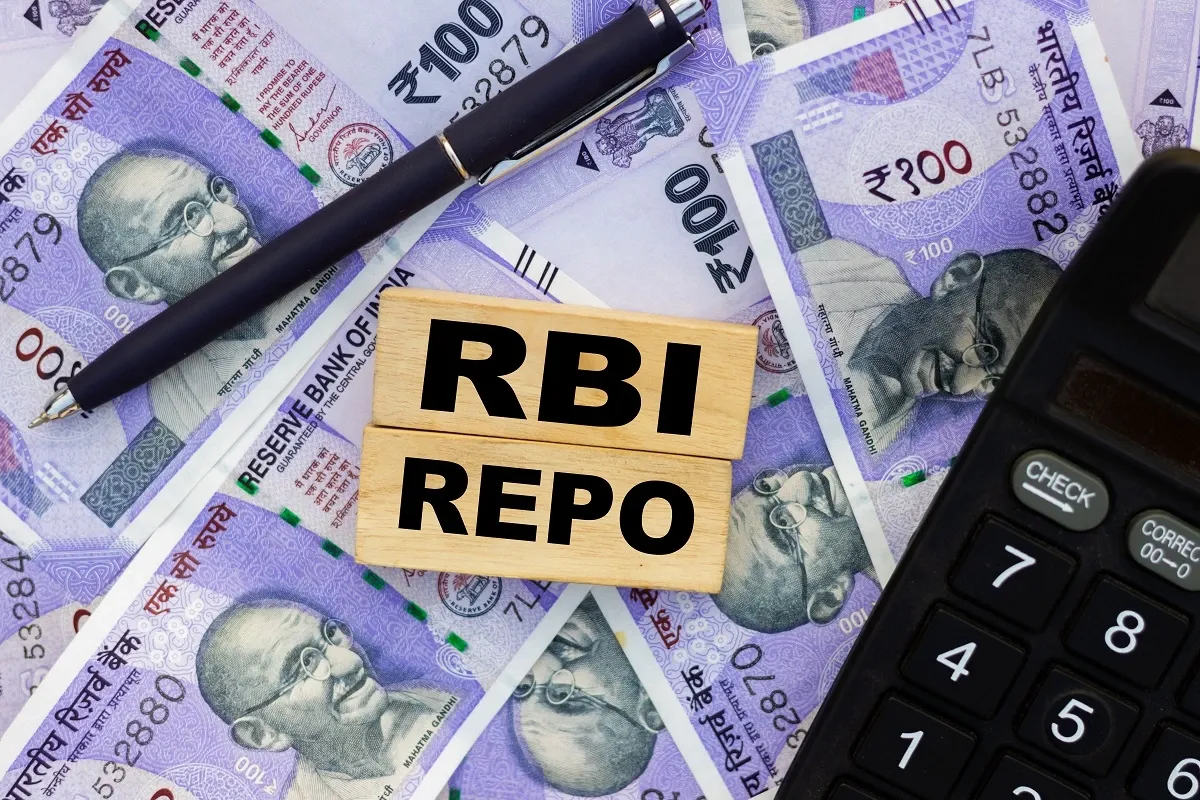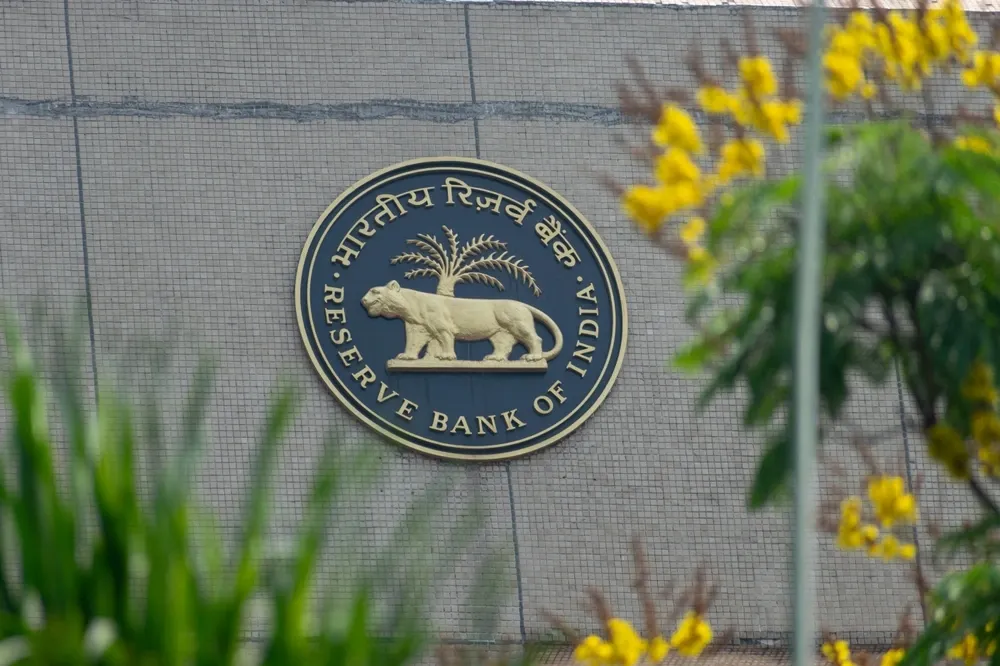Personal Finance News
Check how much your home and auto loan EMIs may reduce after the RBI rate cut
.png)
4 min read | Updated on February 08, 2025, 13:44 IST
SUMMARY
The RBI reduced the repo rate by 25bps to 6.25% for the first time in nearly 5 years. This move is expected to lower home and auto loan EMIs, offering relief to borrowers as well as stimulate economic activity and boost consumption.

RBI's decision to cut the repo rate likely to stimulate economic activity by making borrowing cheaper. | Image: Shutterstock
The Reserve Bank of India’s (RBI) six-member Monetary Policy Committee (MPC) cut the repo rate by 25 basis points to 6.25% on Friday. This is the first time the central bank has announced a repo rate cut since May 2020.
The RBI increased its repo rates until February 2023 following the economic recovery after the COVID-19 pandemic. Thereafter, the repo rate remained unchanged for 11 consecutive meetings at 6.50%.
The RBI’s repo rate cuts come just weeks after the Budget 2025 announced zero tax on income up to ₹12 lakh. These two major events, within a short span of time, are likely to boost domestic economic activity and consumption.
According to experts, the RBI’s latest move is likely to cheer borrowers across India, including those who have taken home loans, car loans, MSME loans, and other retail floating-rate loan borrowings, as the banks are expected to slash interest rates.
Retail floating loans after October 2019 are linked to an external benchmark, which is usually the repo rate. As a result, loan EMIs change with changing repo rates. Now, banks are likely to pass on this benefit to borrowers in part or full, depending on their policies.
How much will you save on home loan EMIs?
Homebuyers across India who are eligible for floating interest rate home loans may see their interest rates going down by up to 25 basis points, in line with the RBI’s announcement. Here is how much you can save each year on home loans of ₹20 lakh, ₹30 lakh and ₹50 lakh, assuming that the tenure is 20 years and the average median interest rate of 8.75% (before the repo rate cut).
| Loan amount | EMI with interest @8.75% | EMI with interest @8.5% | EMI savings per year |
|---|---|---|---|
| ₹20 lakh | ₹17,674 | ₹17,356 | ₹3,816 |
| ₹30 lakh | ₹26,511 | ₹26,035 | ₹5,712 |
| ₹50 lakh | ₹44,186 | ₹43,391 | ₹9,540 |
According to experts, lower borrowing costs after this repo rate cut are likely to provide a major boost to the real estate sector, as a reduced home loan interest rate could make homeownership more accessible.
Savings on auto loan EMIs
The repo rate cut is also likely to benefit those who have taken a car or two-wheeler loan, which also falls under the retail loan category. Auto loan borrowers may also see their interest rates going down by 25 basis points (0.25%), provided that the bank passes on the full benefit to them.
Here is how much auto loan borrowers can save on loans of ₹5 lakh, ₹7 lakh, and ₹10 lakh given that the tenure is five years and an average median interest rate of 9.4% per annum (before the repo rate cut).
| Loan amount | EMI with interest @9.4% | EMI with interest @9.15% | EMI savings per year |
|---|---|---|---|
| ₹5 lakh | ₹10,477 | ₹10,416 | ₹732 |
| ₹7 lakh | ₹14,667 | ₹14,582 | ₹1,020 |
| ₹10 lakh | ₹20,953 | ₹20,831 | ₹1,464 |
RBI’s decision to slash the repo rate comes amid a challenging global economic scenario, a slowing Indian economy, and inflationary pressures. The RBI’s move could be a much-needed relief for the middle class as it paves the way for lower interest rates and EMIs. However, the banks may also reduce the interest rates on Fixed Deposits (FDs) as they may no longer need to offer higher FD rates to attract investors.
Related News
By signing up you agree to Upstox’s Terms & Conditions
About The Author
Next Story


